The Spectator Australia has a proud record of firsts, and I would like to claim one for myself. I believe I was the first person to suggest that a significant victory for the No to the Voice campaign would present a unique opportunity – a circuit breaker if you like – for opposition leader Peter Dutton and the Coalition to reset the debate around Aboriginal issues.
I put what, I admit, was something of an ambit claim in Spectator Flat White in late September. https://www.spectator.com.au/2023/09/winning-the-peace/
To summarise my position, I believe that we, the Australian people, have indulged the Aboriginal elite activist class to the point where what, individually, seem to be benign tokens of acceptance and recognition of the unique place of Aboriginal Australians in our nation, taken together present a false picture of Australia as a nation built on Aboriginal tradition and culture. And more dangerously, they have emboldened the activists to make increasingly outrageous demands and have conditioned a large percentage of the Australian people – 40 per cent apparently – to go along with this corruption of our national sovereignty.
I’m talking, of course, about the constant Welcomes to Country and acknowledgements of traditional owners, the renaming and double-naming of cities, exclusion from famous natural features, indigenous football rounds, special theatre pricing and so on, almost ad nauseam. All of these things have been imposed without any input or concurrence from the Australian people. They have been imposed upon us by governments, local councils, large corporates and sporting bodies.
The result of the Voice referendum is a slap in the face for all these ‘deep state’ entities. If we really want to unify Australia, let’s not waste the opportunity to start to dismantle some of this apparatus.
And, I have to say, Peter Dutton got off to a great start last Saturday night. His response to the Voice defeat was measured and conciliatory but, more importantly, he made no commitment other than to hold a royal commission into child sexual abuse, to conduct an audit into where the money has gone and to implement measures to boost law and order, school attendance and employment in remote communities. It didn’t need a constitutionally entrenched Voice to come up with that agenda.
But what heartened me most about his speech was the conspicuous absence of the now ubiquitous Atsi flags. That says that Dutton was not prepared to make any woke conciliatory gestures. Perhaps he will be prepared to go even further.
But let’s start with the flags. For the purposes of this discussion, I will treat the Torres Strait Islander flag as equivalent to the Aboriginal flag. According to Wikipedia:
The government of Australia granted it ‘Flag of Australia’ status, under the Flags Act 1953, by proclamation on 14 July 1995. Due to an ‘administrative oversight’, the 1995 proclamation was not lodged so that it would continue in force indefinitely; hence it automatically expired on 1 January 2008. It was therefore almost identically replaced, on 25 January 2008, with effect as from 1 January.
In the 2008 proclamation, the flag ‘is recognised as the flag of the Aboriginal peoples of Australia and a flag of significance to the Australian nation generally’ and appointed ‘to be the flag of the Aboriginal peoples of Australia and to be known as the Australian Aboriginal Flag’.
To me, that suggests a limited applicability of the flag. And yet, because of the omnipresence of the Aboriginal and Torres Strait Islander flags, they now have, effectively, equal status with the Australian flag in the minds of most people. The precedence of the Australian flag is officially and discreetly acknowledged by it being placed on the right. Not many people would appreciate this distinction. But the Aboriginal flag is at the centre, and they are all flown at the same height. And this means that, almost always, the Aboriginal flag is the only one people see behind PM Albanese and his ministers during press conferences.
This is wrong and divisive.
I’m not suggesting we ban these flags or even withdraw their official status, but there should be some rules along the lines:
– we have one national flag,
– the Aboriginal flags may not be flown alongside the national flag except on special occasions that relate specifically to Aboriginal matters, for example on ‘Sorry Day’ ceremonies at Parliament House (not that I support such activities),
– on these occasions it must be flown at least one flag-width lower than the national flag, and
– it may be flown permanently on fully owned native title land. This is not controversial. Just good manners.
Another simple thing a Dutton government could do would be to specifically refuse to use the words ‘First Nations’ or ‘First Peoples’. The capitalisation suggests they represent distinct and separate polities.
Here’s another suggestion. A Dutton government should refrain from using the term ‘Aboriginal disadvantage’ when talking about ‘closing the gap’. The gap exists not because of Aboriginal disadvantage but because of dysfunction within remote Aboriginal families and communities.
And finally, Dutton must explore ways to rein in the states from advancing their own treaty, truth-telling and co-government agendas. We cannot have separate Aboriginal sovereignty in any form imposed on us by stealth or via the back door.
Let me finish on a different matter. No doubt Peter Dutton will come under considerable criticism in the coming weeks for destroying the best chance of addressing ‘Aboriginal disadvantage’ and perpetuating the status quo. At least that’s what we were told a No outcome would deliver. Nothing would change, we were told. I’ve no doubt Dutton can handle it but here is one line of defence he could employ.
During his concession speech, PM Albanese’s hypocrisy – or duplicity – was laid bare for all to see when he said, ‘the issues we sought to address have not gone away’.Well neither has his proposed solution – the Voice – which, even if the referendum had succeeded, would still have needed to be legislated.
If this Voice was so critical to Aboriginal welfare that it had to be entrenched in the constitution, Mr Albanese, then why not legislate it? Chris Kenny, who lamented the lack of bi-partisanship in the debate, has repeatedly relied on the specious logic that the Coalition also wanted a Voice and the only difference between the rival parties on this issue is whether it should be in the Constitution.
Will he now call on the government to negotiate with the Coalition to legislate this allegedly status quo-changing initiative? Kenny also dismissed claims the Voice would be divisive by asking, ‘if a legislated Voice is not divisive, why would a constitutional one be divisive?’ By the same logic then, perhaps he could explain why a constitutionally entrenched Voice would be effective, but a legislated one would not?
Let me hasten to add that I am not advocating a Voice, merely calling out Albanese’s refusal to legislate one. The real reason Albanese will not legislate a Voice is because he knew all along it would be useless – either legislated or constitutionally entrenched – and that it was just a power grab by the Aboriginal elite activists.
Dutton should ram home that point at every opportunity.
Got something to add? Join the discussion and comment below.
Get 10 issues for just $10
Subscribe to The Spectator Australia today for the next 10 magazine issues, plus full online access, for just $10.
You might disagree with half of it, but you’ll enjoy reading all of it. Try your first month for free, then just $2 a week for the remainder of your first year.

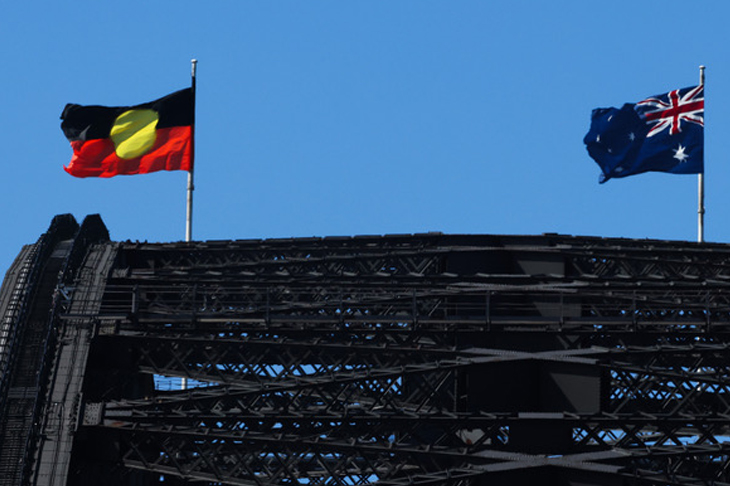

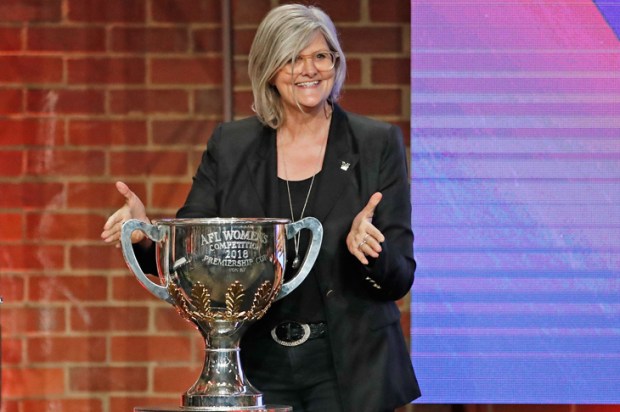

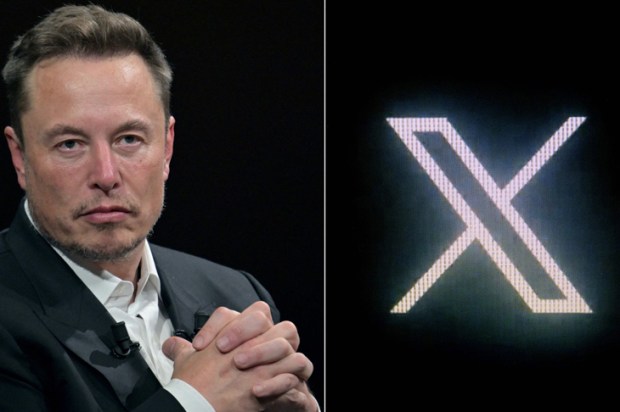
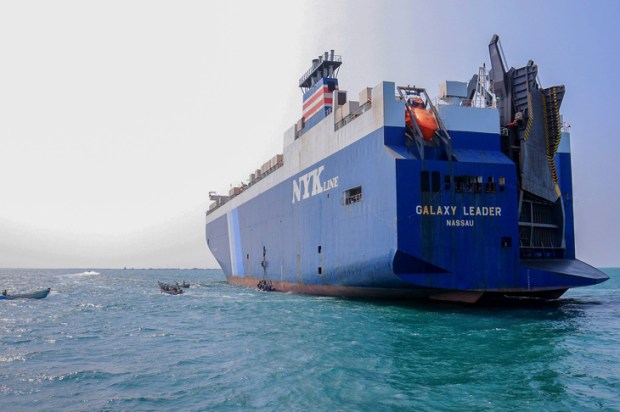
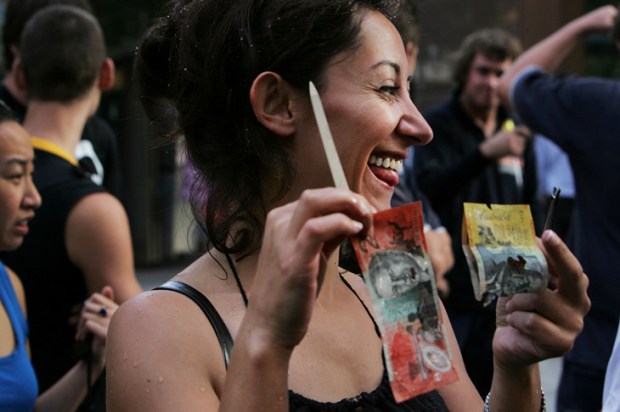






Comments
Don't miss out
Join the conversation with other Spectator Australia readers. Subscribe to leave a comment.
SUBSCRIBEAlready a subscriber? Log in